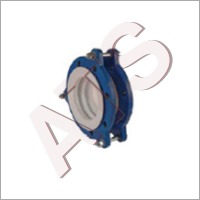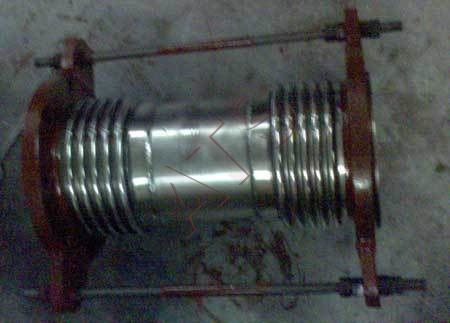Gimbal Expansion Bellows
Gimbal Expansion Bellows Specification
- Application
- For Industrial & Workshop Use
- Feature
- Easy To Use
- Product Type
- Other
- Material
- SS
- Shape
- Round
- Surface
- Galvanized
- Size
- 5-50 Inch
Gimbal Expansion Bellows Trade Information
- Minimum Order Quantity
- 1 Piece
- Payment Terms
- Telegraphic Transfer (T/T), Cash in Advance (CID), Cheque, Cash Advance (CA)
- Supply Ability
- 100 Pieces Per Day
- Delivery Time
- 1 Week
- Main Export Market(s)
- Western Europe, Australia, North America, Eastern Europe, Central America, Middle East, South America, Asia, Africa
- Main Domestic Market
- All India
About Gimbal Expansion Bellows


Price:
- 50
- 100
- 200
- 250
- 500
- 1000+
More Products in Expansion Bellows & Joints(S.S Metal) Category
PTFE Expansion Joints
Minimum Order Quantity : 1 Piece
Shape : Round
Product Type : Other, PTFE Expansion Joints
Application : For Industrial & Workshop Use
Surface : Galvanized
Axial Bellows
Minimum Order Quantity : 1 Piece
Shape : Round
Product Type : Other
Application : For Industrial & Workshop Use
Surface : Galvanized
Feature : Easy To Use
Single With Flange
Minimum Order Quantity : 1 Piece
Shape : Round
Product Type : Single With Flange, Other
Application : For Industrial & Workshop Use
Surface : Galvanized
Feature : Easy To Use
Rectangular Bellows
Minimum Order Quantity : 1 Piece
Shape : Round
Product Type : Other
Application : For Industrial & Workshop Use
Surface : Galvanized
Feature : Easy To Use


 Send Inquiry
Send Inquiry






 Send Inquiry
Send Inquiry Send SMS
Send SMS